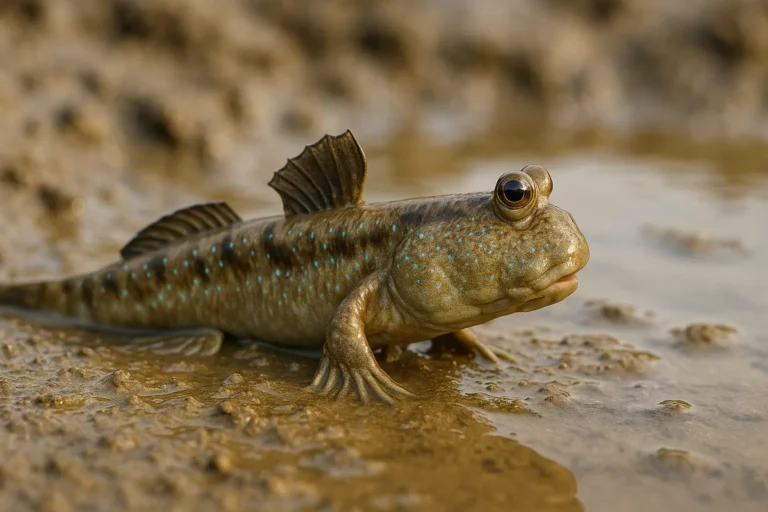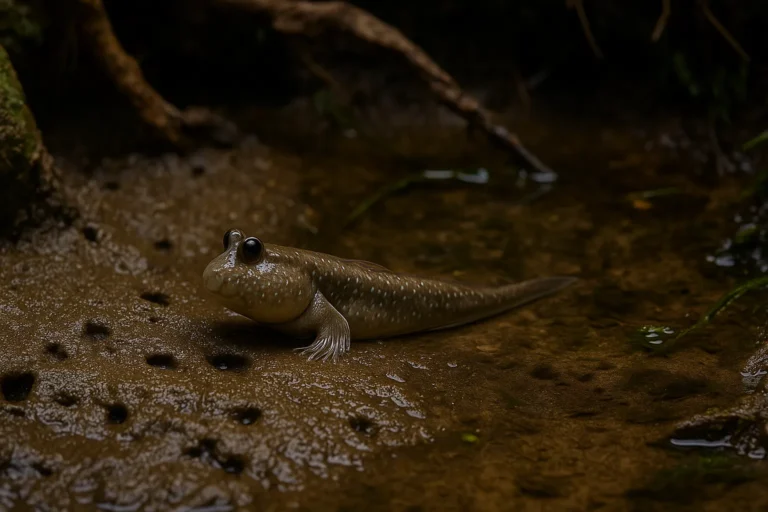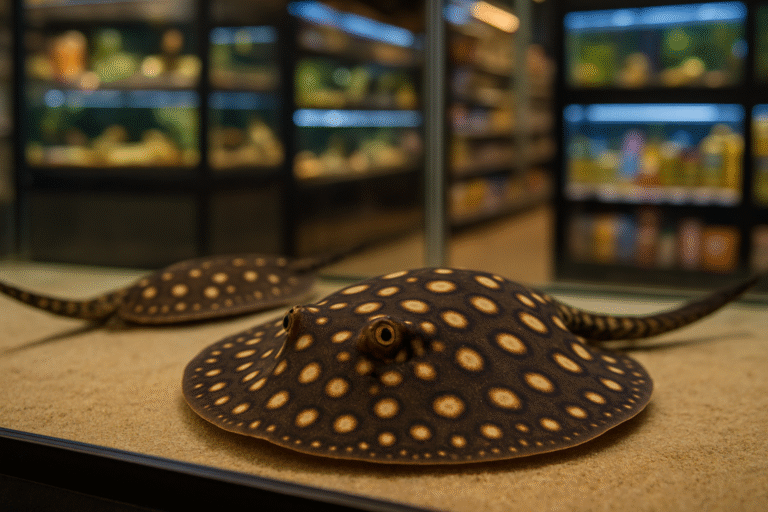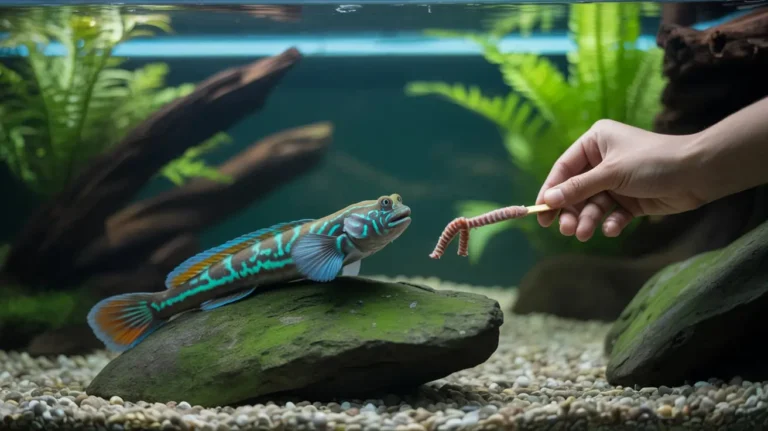Freshwater Stingray Diet: Complete Guide to Feeding, Nutrition & Care
Freshwater stingrays are fascinating aquatic creatures, known for their unique appearance and intriguing behaviors. Among the various aspects of their biology, their dietary habits stand out due to their complexity and importance for their health and well-being. This article delves into the detailed dietary requirements and feeding behaviors of freshwater stingrays, providing insights for both enthusiasts and aquarists.
Natural Diet in the Wild
In their natural habitats, freshwater stingrays, particularly species like Potamotrygon motoro, are carnivorous predators. They primarily feed on:
- Crustaceans: Such as crabs and shrimp.
- Mollusks: Including clams and mussels, which they crush using their powerful jaws.
- Insects: They consume various aquatic insects, utilizing specialized jaw movements to process tough exoskeletons.
- Small Fish: Occasionally, they prey on smaller fish species
These dietary habits are facilitated by their ability to sense electrical impulses in the water, allowing them to locate prey even when buried under sediment.
Diet in Captivity
When kept in aquariums, it’s crucial to replicate their natural diet to maintain their health. A varied and balanced diet ensures they receive all necessary nutrients. Recommended food items include:
- Live Foods: Such as blackworms and earthworms, which are particularly useful for newly acquired stingrays to stimulate feeding.
- Frozen or Prepared Foods: Including bloodworms, mysis shrimp, raw shrimp, and white fish like tilapia.
- Pellets and Tablets: Specialized sinking pellets designed for carnivorous fish can be incorporated once the stingray is accustomed to them.
It’s important to note that stingrays can be trained to accept food from feeding tongs or even directly from hand, enhancing the feeding experience and monitoring.
Feeding Frequency and Behavior
Freshwater stingrays exhibit unique feeding behaviors:
- Feeding Frequency: Typically, adult stingrays are fed once or twice daily, while juveniles may require more frequent feedings to support growth.
- Behavioral Traits: They often bury themselves in the substrate, ambushing prey that comes within reach. Their eyes and spiracles are positioned on top of their bodies, allowing them to breathe and observe their surroundings while hidden.
- Adaptability: Over time, stingrays can adapt to various feeding schedules and may even display preferences for certain food types.
Monitoring their feeding behavior is essential, as changes can indicate health issues or environmental stress.
Common Feeding Challenges
While feeding freshwater stingrays, aquarists may encounter several challenges:
- Refusal to Eat: Newly introduced stingrays may be reluctant to eat due to stress or unfamiliar surroundings. Offering live foods can help stimulate their appetite.
- Nutritional Deficiencies: A monotonous diet can lead to deficiencies. It’s vital to provide a varied diet to ensure balanced nutrition.
- Overfeeding: Excess food can deteriorate water quality, leading to health issues. Feeding appropriate portions and removing uneaten food promptly is crucial.
Addressing these challenges promptly ensures the health and longevity of the stingrays.




